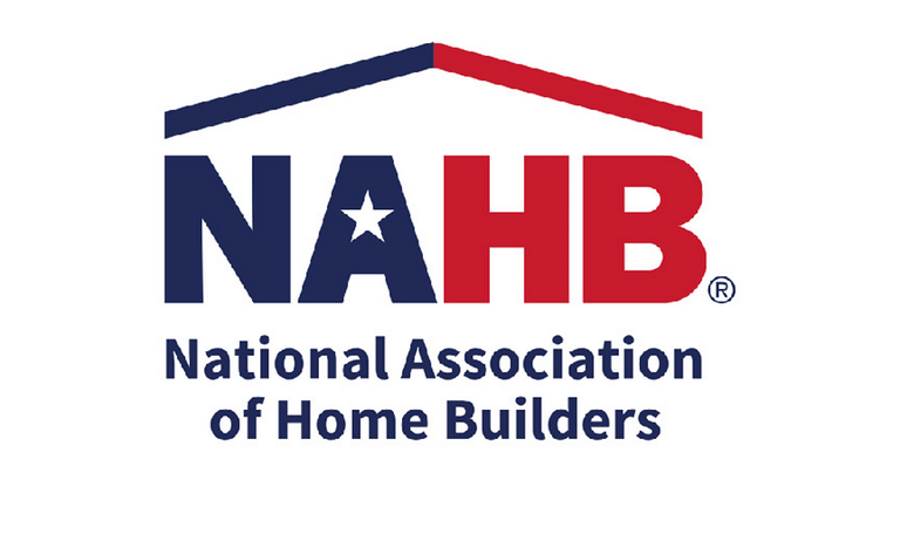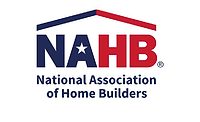Multifamily Builder and Developer Confidence Improved in Second Quarter

Confidence in the market for new multifamily housing increased in the second quarter, however, it still remains in negative territory, according to results from the Multifamily Market Survey released by the National Association of Home Builders. The MMS produces two separate indices. The Multifamily Production Index rose 10 points to 37 compared to the previous quarter. Meanwhile, the Multifamily Vacancy Index increased three points to 62, with higher numbers indicating more vacancies.
The MPI measures builder and developer sentiment about current conditions in the apartment and condo market on a scale of 0 to 100. The index and all of its components are scaled so that a number below 50 indicates that more respondents report conditions are getting worse than report conditions are improving.
The MPI is a weighted average of three key elements of the multifamily housing market: construction of low-rent units-apartments that are supported by low-income tax credits or other government subsidy programs; market-rate rental units-apartments that are built to be rented at the price the market will hold; and for-sale units-condominiums. All three components posted increases in the second quarter: the component measuring low-rent units rose 10 points to 42, the component measuring market rate rental units increased five points to 34 and the component measuring for-sale units posted a 13-point gain to 35.
The MVI measures the multifamily housing industry's perception of vacancies in existing apartments. It is a weighted average of current occupancy indexes for class A, B, and C multifamily units, and can vary from 0 to 100, where a number over 50 indicates more property managers believe vacancies are increasing than decreasing. With a reading of 62, this is the highest level since 2009.
"Confidence among multifamily builders and developers increased in the second quarter, but it's still below where we were before the pandemic hit," said Barry Kahn, president of Hettig-Kahn Holdings in Houston and chairman of NAHB's Multifamily Council.
"The multifamily market continues to make its way back toward pre-pandemic levels, with recent starts data coming in above forecast," said NAHB chief economist Robert Dietz. "Demand remains subdued due to elevated unemployment rates, while on the supply-side of the market builders and developers are dealing with a significant increase in lumber prices, which could hinder further recovery of the market."
Historically, the MPI and MVI have performed well as leading indicators of U.S. Census figures for multifamily starts and vacancy rates, providing information on likely movement in the Census figures one to three quarters in advance.
For data tables on the MPI and MVI, visit www.nahb.org/mms.
For more information on the NAHB Multifamily program, please visit NAHB Multifamily: https://www.nahb.org/en/members/committees-and-councils/councils/multifamily-council/nahb-multifamily.aspx.
Looking for a reprint of this article?
From high-res PDFs to custom plaques, order your copy today!







